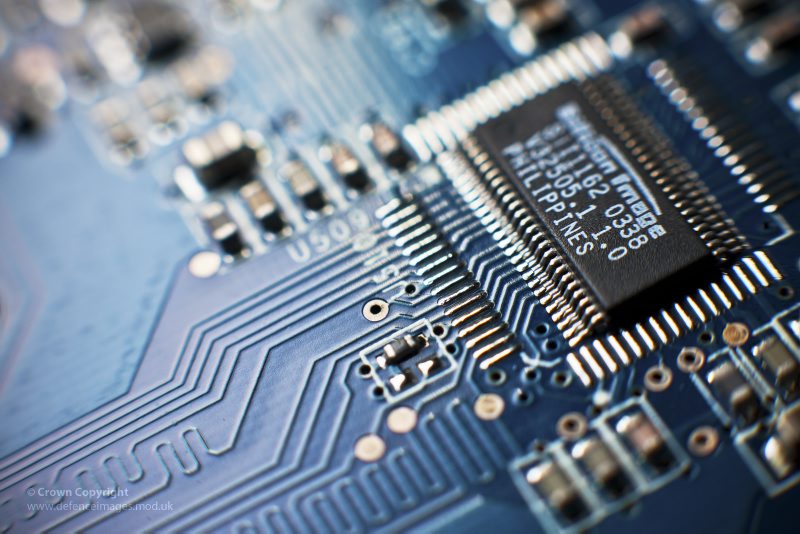The evolution of circuit boards has been a cornerstone of technological progress, enabling leaps in computing power, telecommunications, and consumer electronics. As we stand on the threshold of new technological eras marked by advancements in artificial intelligence, the Internet of Things (IoT), and wearable technology, the future of circuit boards promises even more revolutionary changes.
This article explores the innovative trends and potential future directions of circuit board technology, shedding light on how these foundational elements of modern electronics might evolve to meet the demands of tomorrow’s technological landscape.
Pushing the Limits of Miniaturization
One of the most significant ongoing trends in circuit board technology is the push towards further miniaturization. As devices become increasingly compact, the need for smaller, more efficient circuit boards becomes paramount. Future advancements are likely to focus on reducing the size of components and traces, allowing for more components to be packed into tighter spaces.
Technologies such as micro-electro-mechanical systems (MEMS) and nanotechnology play a crucial role in this trend, potentially leading to the creation of nano-scale circuitry that could revolutionize the capabilities of electronic devices.
Flexible and Stretchable PCBs
How do circuit boards work? The development of flexible and stretchable PCBs marks a significant departure from traditional rigid circuit board designs. These innovative materials can bend, twist, and stretch, opening up new possibilities for electronics that can conform to different shapes or even move with the human body.
This flexibility is particularly appealing for wearable technology, medical devices, and flexible displays, enabling entirely new product categories and applications. Researchers are exploring various substrates, such as polymers and thin films, to create circuit boards that not only flex but can also withstand the stress of constant movement.
Embedded Components and 3D Integration
The future of circuit boards also lies in the embedding of components within the PCB substrate itself, rather than mounting them on the surface. This approach, known as embedded component technology, can significantly reduce the size and weight of the PCB, improve its electrical performance, and enhance thermal management.
Coupled with 3D integration techniques that stack multiple circuit layers vertically, this strategy can dramatically increase the density and complexity of PCBs without expanding their footprint. Such innovations could lead to more powerful computing devices, smaller sensors, and more efficient power electronics.
Bio-Integrated Electronics
An exciting frontier for circuit board technology is its integration with biological systems. Bio-integrated electronics aim to seamlessly merge electronic devices with biological tissues, opening up groundbreaking applications in medical diagnostics, treatment, and monitoring. This integration requires the development of biocompatible materials for PCBs, as well as innovations in low-power circuits and wireless communication for in-body devices. Research in this area could transform healthcare, offering new ways to monitor vital signs, deliver drugs, or even restore functions to damaged tissues.
Advanced Materials and Manufacturing Techniques
The future of circuit boards will also be shaped by advancements in materials science and manufacturing techniques. New materials, such as graphene, conductive polymers, and advanced composites, offer superior electrical, thermal, and mechanical properties, potentially overcoming the limitations of current PCB substrates and conductive traces.
Additionally, manufacturing innovations, such as additive manufacturing (3D printing) of circuit boards, could enable more complex designs, reduce waste, and allow for rapid prototyping and customization of electronics.
Enhancing Connectivity and Integration
As the IoT continues to expand, the future of circuit boards will increasingly focus on connectivity and integration. PCBs will need to incorporate more sophisticated communication modules, sensors, and power management systems to enable devices to connect seamlessly with each other and the internet.
This trend will require innovations in antenna design, energy harvesting, and multi-functionality, allowing circuit boards to facilitate the vast network of interconnected devices that will populate our homes, workplaces, and cities.
Sustainability and Environmental Responsibility
Finally, the environmental impact of electronic waste is a growing concern that will influence the future direction of circuit board technology. Sustainable design principles, such as the use of recyclable or biodegradable materials and the development of energy-efficient manufacturing processes, will become increasingly important.
Innovations in this area could lead to circuit boards that are easier to recycle, use fewer toxic materials, and have a smaller carbon footprint, contributing to the overall sustainability of the electronics industry.
Conclusion
The future of circuit boards is poised at the intersection of innovation and integration, with advancements in materials science, manufacturing techniques, and design principles driving the evolution of this essential technology. As circuit boards become smaller, more flexible, and more integrated with both digital and biological systems, they will continue to unlock new possibilities in electronics, computing, and beyond.
The next generation of circuit boards will not only power future technologies but also shape how those technologies interact with the world around us, heralding a new era of interconnected, intelligent, and sustainable electronic devices.

